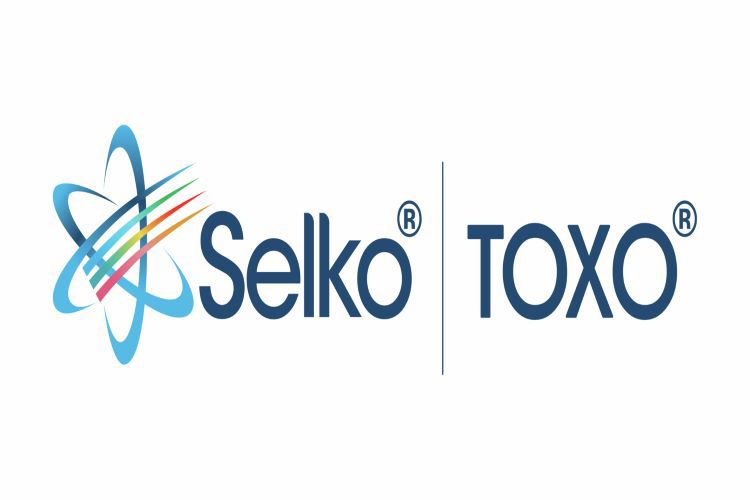
Compared to poultry, it has always been difficult to assess mycotoxin risk in dairy feeds. Most dairy cows are fed a Total Mixed Ration (TMR) containing forages, grains (including high moisture grains), protein meals, by-products and sometimes green grass or hay. There are two ways to measure mycotoxin levels in dairy feed. There are rapid tests that can be used on-site and there are tests that need to be carried out in the laboratory. Next to that, there is an indirect method to assess the risk of mycotoxin contamination through mould analysis. Rapid mycotoxin analysis is recommended for raw materials having less than 15% moisture and low fiber content. Laboratory methods or mould analysis is recommended for raw materials or TMR with more than 15% moisture and high fibre content.
Laboratory methods
Both HPLC and LC-MS/MS methods can be used to measure mycotoxins in TMR and high-fiber ingredients. These methods are not practical due to the time consumed to obtain results as well as the high cost per sample analysis and are thus mainly used for research purposes.
Rapid mycotoxin tests
Rapid mycotoxin tests, such as ELISA and Lateral Flow Devices (including Mycomaster), are excellent for testing important mycotoxins rapidly and at an affordable cost. Unfortunately, these tests are not particularly suitable for testing high-fibre ingredients or ingredients with a high moisture content. The Mycomaster can analyze AF, DON, FUM, ZEA, T2/HT-2 and OTA mycotoxins in raw materials and feeds in raw and AFM1 in Milk. The Mycomaster + MRL is capable of detecting AFM1 at EU MRL (European Union Maximum Residue Limit) of 0.05ppb or 50ppt. The Mycomaster + SL is capable of detecting AFM1 at US-SL (United States Safe Level) of 0.5ppb or 500ppt.
Mould analysis of dairy feed ingredients and TMR
The alternative to measuring mycotoxin levels in feed with expensive tests is mould analysis. Depending on the extent of information needed, further identification of mould species is possible in some commercial labs. Such identification helps in understanding whether the mould identified can produce mycotoxins and if yes, which types of mycotoxins potentially can be present.
In summary, a combination of rapid mycotoxin tests like the Mycomaster series and mould analysis offers dairy farmers a comprehensive approach to managing mycotoxin risk in feed effectively. By leveraging these tools, dairy operations can safeguard the health and productivity of their herds while ensuring the quality and safety of dairy products for consumers.

